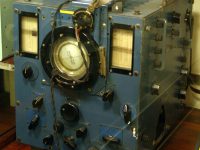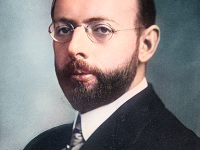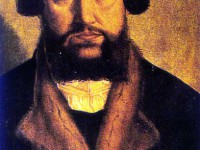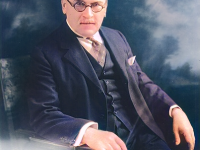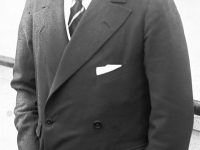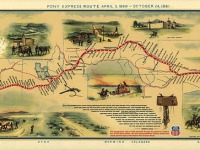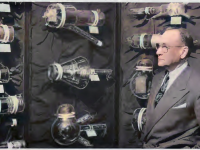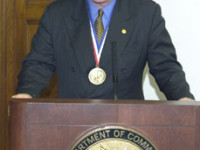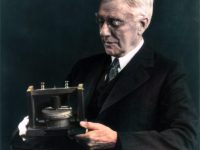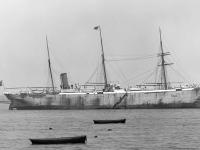Henri Busignies and the Development of the Huff-Duff System
On December 29, 1905, French engineer Henri Gaston Busignies was born. Busignies is best known for his contributions to radar, radio communication, and radio navigation. His invention (1936) of high-frequency direction finders (HF/DF, or “Huff-Duff“) permitted the U.S. Navy during World War II to detect enemy transmissions and quickly pinpoint the direction from which a radio transmission was coming. Early Years Henri Gaston Busignies was born in Sceaux, in suburban Paris, France, the…
Read more

